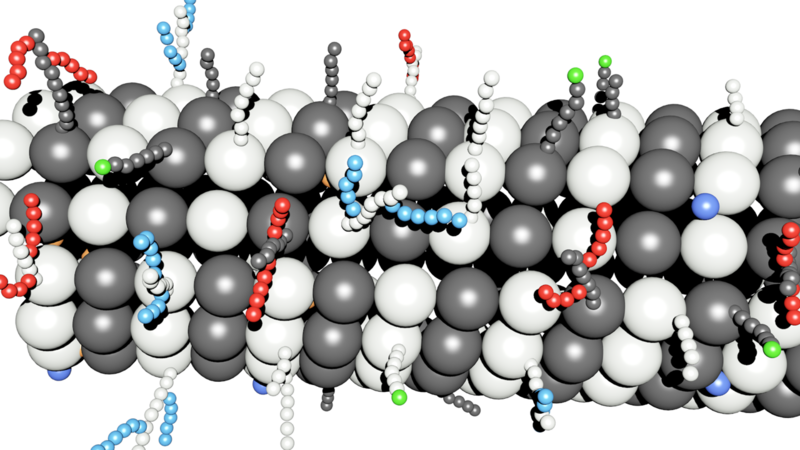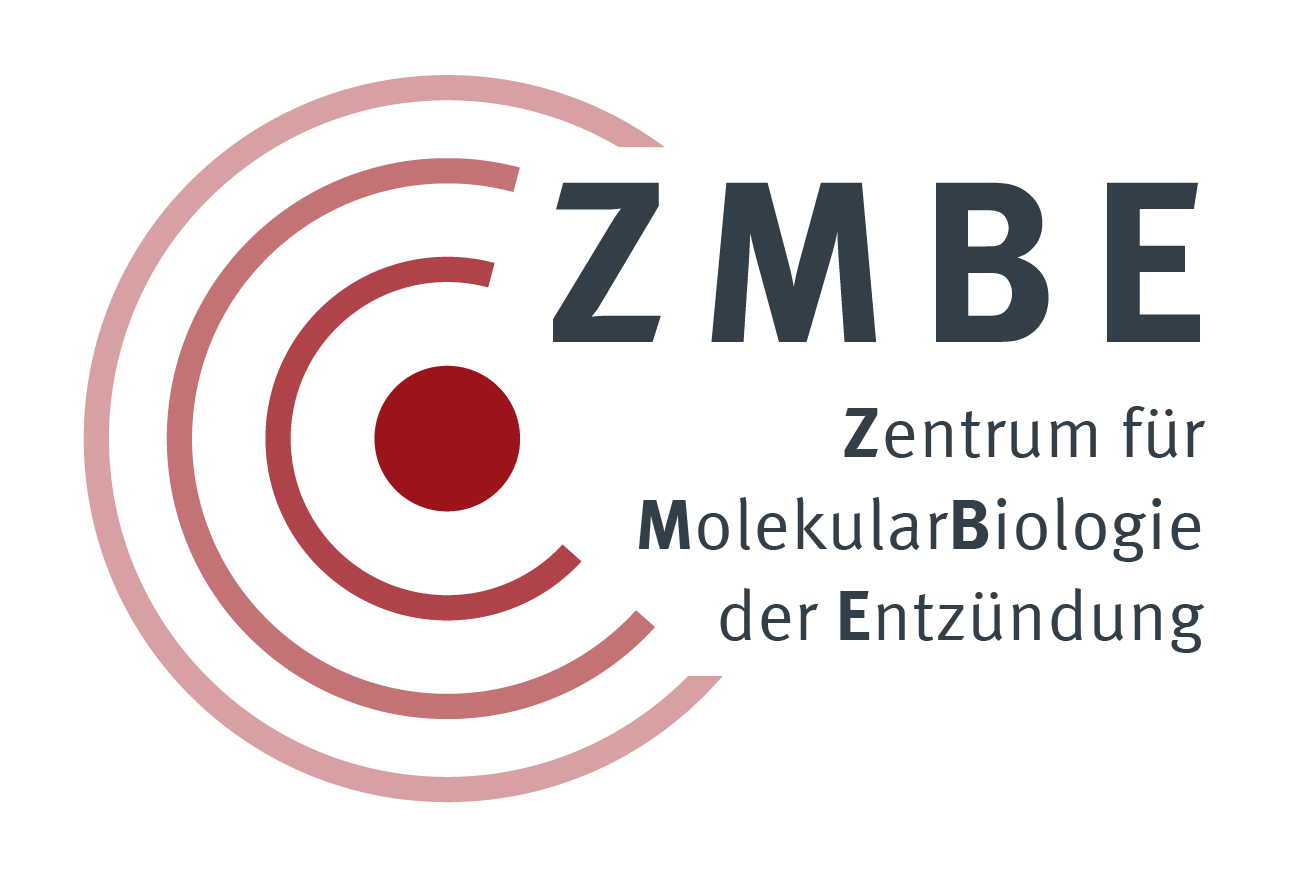
Research Overview:
During morphogenesis individual cells self-assemble into complex tissues and organs with highly specialized forms and functions. Tissue morphogenesis is orchestrated via physical forces that are generated within cells by the cytoskeleton and that are transmitted through adhesion molecules within and between neighbouring cells. The best-studied cytoskeletal components are actin together with myosin, which forms contractile arrays across cells that are key constituents of different morphogenetic processes ranging from epithelial folding to cell intercalation and tissue convergence. Despite growing evidence that MT can act in a similar manner like actin to generate forces in cells, relatively little is known about how coupling of MT-based forces at epithelial intercellular junctions contributes to the cell mechanics. The ultimate goal of my lab is to unravel the role of the MT cytoskeleton as a force-generator during tissue development. We are interested in the following questions that are central to understand the role of MT cytoskeleton in tissue morphogenesis:
(I) How the structural and mechanical properties of MTs are regulated?
(II) How does MT mechanics contribute to shape changes and cell rearrangements during tissue remodeling?
(III) What is the molecular mechanism that integrates and coordinates MT forces at adherens junctions across a tissue?
Project 1: Mechanobiological quantification of microtubule mechanical properties during epithelium development
In order to reshape a tissue, force generation must exceed mechanical resistance, thus global patterns of force generation and tissue stiffness jointly dictate speed and direction of tissue rearrangements. The main focus of our studies is the microtubule cytoskeleton. We investigate the mechanical and structural properties of apical non-centrosomal MTs nucleated at adherens junctions (Video 1 and Video 2). For this we are using new optical and chemical tools (caged MT drugs, laser ablation, optogenetics, FRET based tension sensors) in conjunction with classical genetic approaches.
Video 1
Movie of EOS-Tub in pupal wing cell showing how straight MTs elongate until hitting the cell periphery (red arrowheads), whereupon they buckle due to continuous polymerization (white arrowhead).
Video 2
Movie of EOS-Tub in 18 hrs APF wing cell showing that buckled MTs are under compression. Immediately after ablation, the previously curved MT (marked with EOS-Tub; white arrowhead) rapidly straightens out and relaxes.
Project 2: Mechanical coupling of microtubules with adherens junctions
Tissue morphogenesis often requires collective cell behaviour. Only the integration of locally produced forces into a global tissue force pattern determines the resulting changes in cell and tissue shape. One of the principal signalling pathways coordinating individual cell dynamics to generate large tissue-scale rearrangements during morphogenesis is planar cell polarity (PCP). We recently showed that PCP signalling pathway is capable of globally patterning MT cytoskeleton during epithelium development to coordinate local cell behaviours. Furthermore, we demonstrated that MT plus ends are stabilized at specific AJs in PCP dependent manner (Video 3), which allows MTs to continue polymerizing thereby generating - similar to actin - pushing forces in a coordinated polarized fashion (i.e. compressive forces). These studies suggest that apical non-centrosomal MTs nucleated at cellular interfaces contribute to epithelial tissue morphogenesis via coordinated generation and integration of local, cell-based forces into a global tissue force pattern (collective mechanics).
Video 3
Numerical simulation of the MT trap. Assuming random orientation for de novo formed MTs, longevity of each MT was defined as a function of the angle with a maximal lifetime along the P/D axis (depends on PCP signaling). Note that angular difference in lifetime is sufficient for MT polarization.


